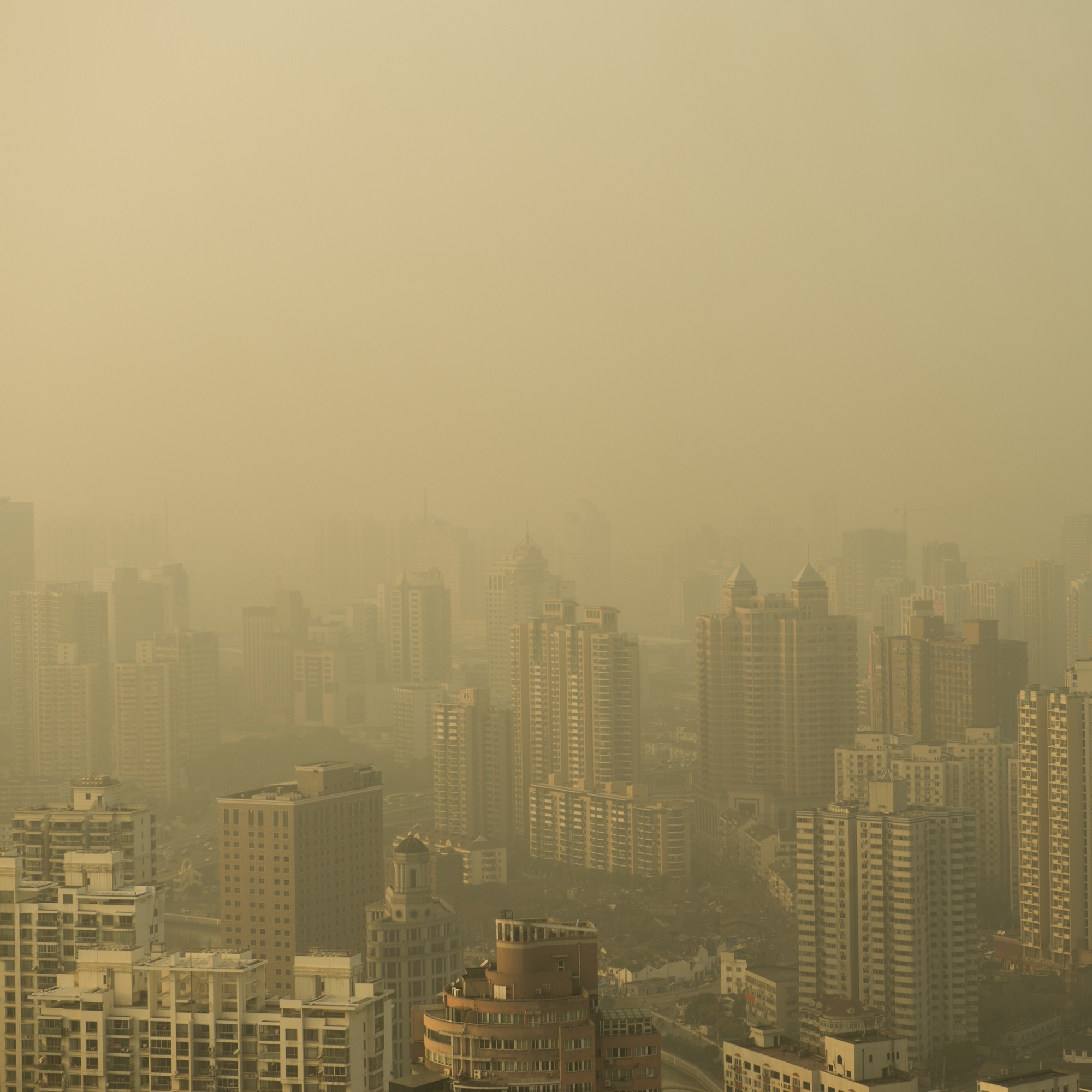
Pokémon Go : Gotta CASH Em’ All!
Pokémon Go : Gotta CASH Em’ All!
We understand your need to fund your Pokémon adventure, but parents are hard to convince. We believe a little effort with a dire passion may lead to some profit, and you might as well catch em’ all. Listed below are by far the most realistic Pokémon based cash cows.

1. Record
Youtube is an incredible platform for any fan of any kind. It is the third most visited website and second largest search engine in the world. YouTubers can get paid via ads revenue, or by a network. The latter requires a certain amount of subscribers. Check out Patreon, a service that is often used by YouTubers and Twitch for live streaming. Your personality or knowledge will determine your choice of format. If you have a deep knowledge of the game or Pokémon in general, consider doing guides or walkthroughs. Add a good sense of humor to your videos, and do a “Let’s Play” series, which is a play along experience. You need a decent computer to edit your videos, and a good microphone to record your voice. You may also outsource editing works to freelancers.
2. Discuss
Players discuss and share gameplay mechanics or tactics on online forums. You may grab the opportunity to start one of these. Besides giants like Reddit and Stack Exchange, localized sites get a lot of attention as well. If creating a website looks difficult, you may as well take part as a moderator. Moderators are key to ensure smooth discussions. Forum websites gain revenue through ads or sponsorships.


3. Write
If writing is your thing, why not about Pokémon Go. This will work well with all the methods above. There are many article banks these days which you can submit your articles to. Make sure you understand the terms and agreements. An alternative to article banks is a personal blog. Services like WordPress and Squarespace offers great service to get you started. A good improvement is to have a professional editor to edit your articles. Articles can range from 250 words up to a few pages. If permitted, you may insert ads to gain revenues.
4. Trade
Rare Pokémon merchandise can fetch a hefty sum these days. Trading cards and old game cartridges are trending now since the release of Pokémon Go. You may buy these merchandises online and resell to closer buyers, for a small profit. Make sure items are genuine, and always be aware of the quality of the product when purchasing. , and you can start an online store with services such as Etsy. Social media platforms are also great to promote your Pokémon products.


5. Drive
Pokémon Go emphasizes explorations and adventures. But, this can take an ample of players time. You may offer a localized service to drive around players and lead them to Pokéstops or PokéGyms. Include extras like snacks, portable chargers, and a good WiFi connection. Pokémon Go attracts young adults and children, so cater both groups. Parents would be glad to know their children have a chaperone while they are busy hunting for Pokémon. Appear reliable and stay professional. But, check with local authorities about legal issues. In some countries, you may need to get a passenger driver’s license.

![Kota Raya Migrant Workers Community [Interactive map]](https://voiz.asia/wp-content/uploads/2016/07/img_7038-0246.jpg)














